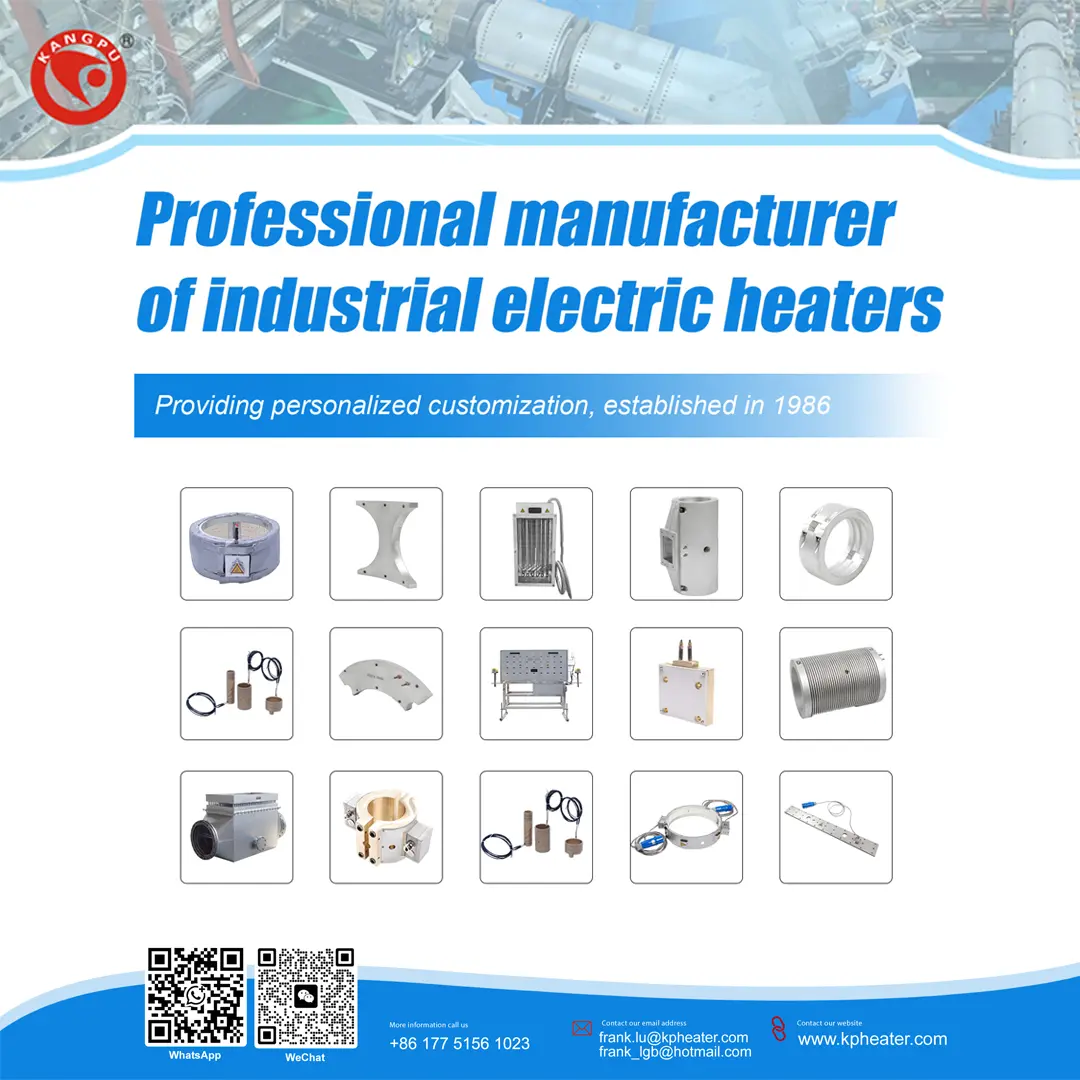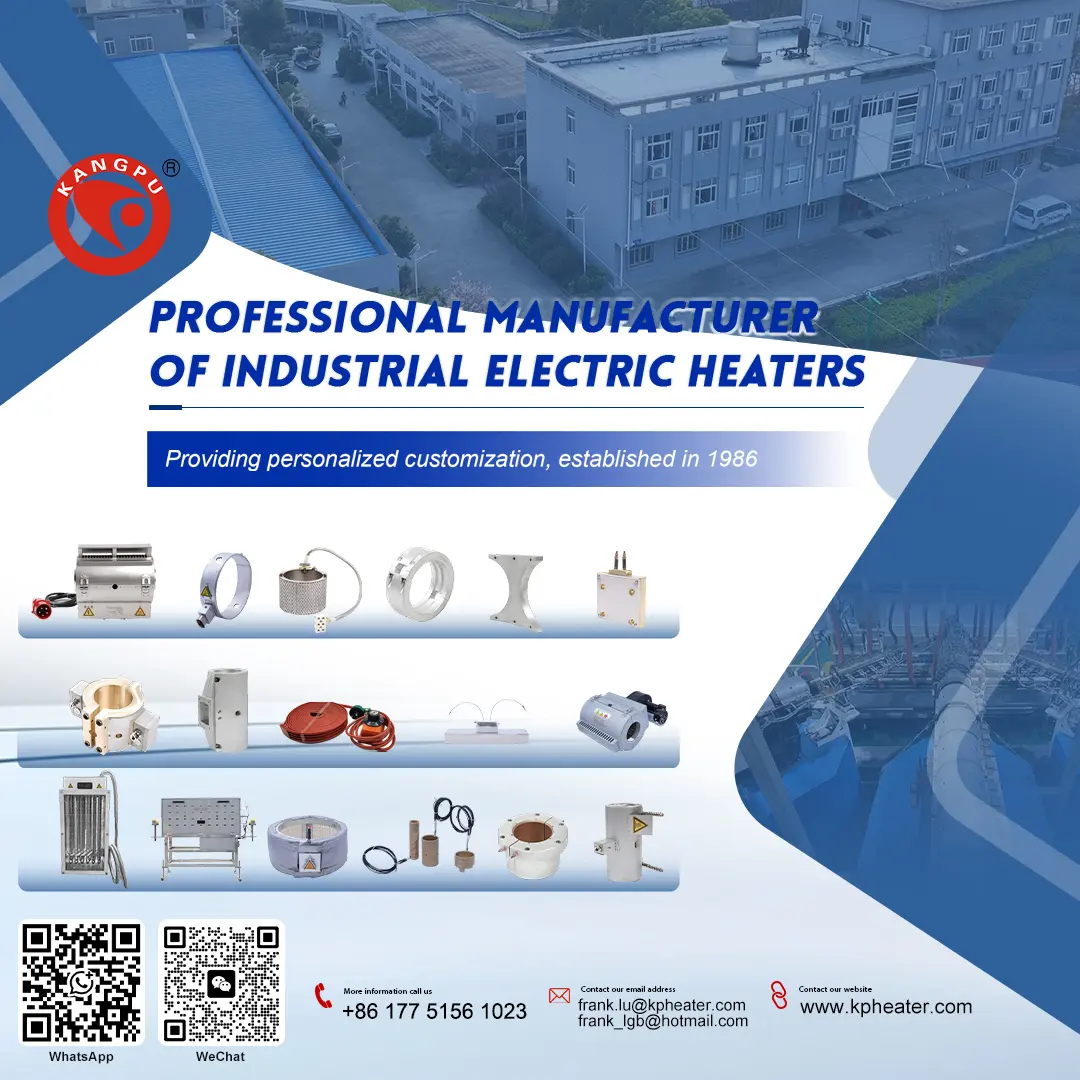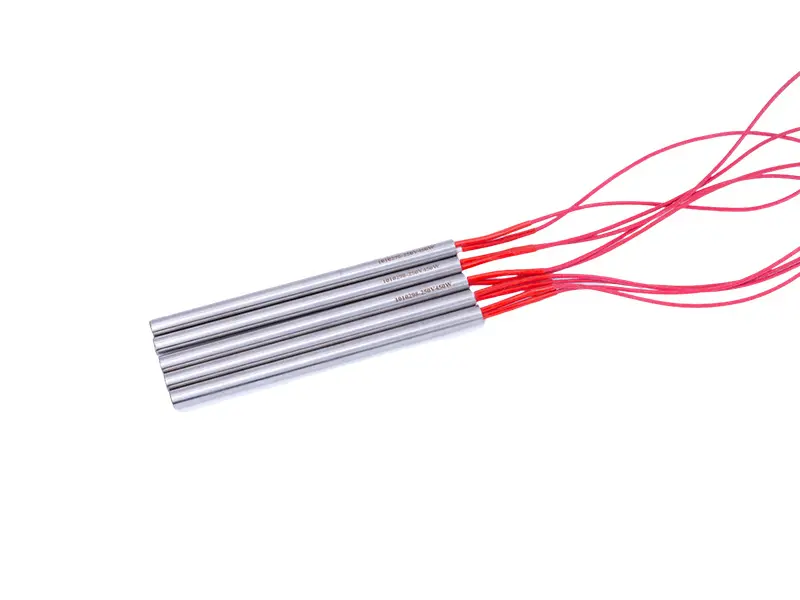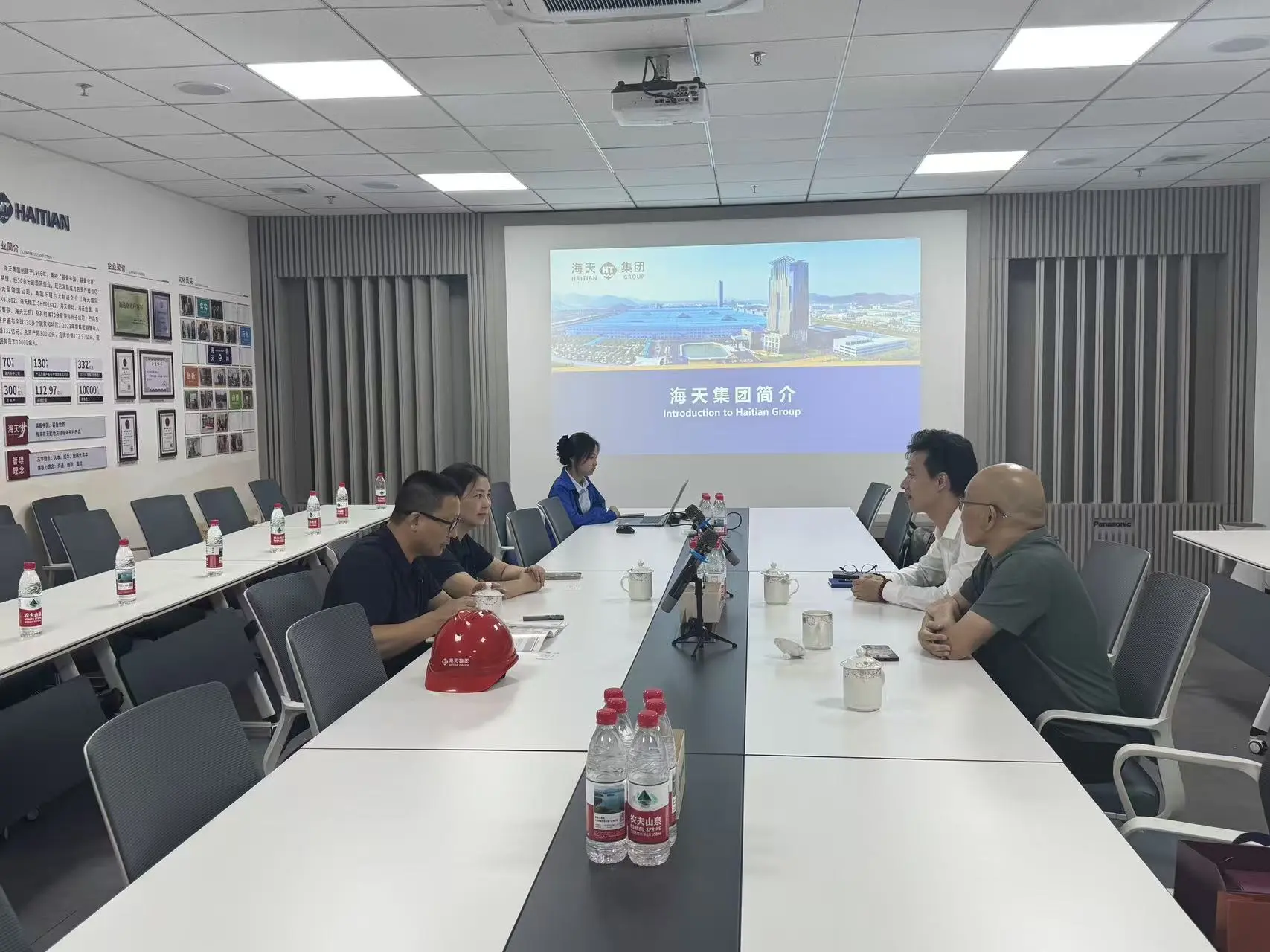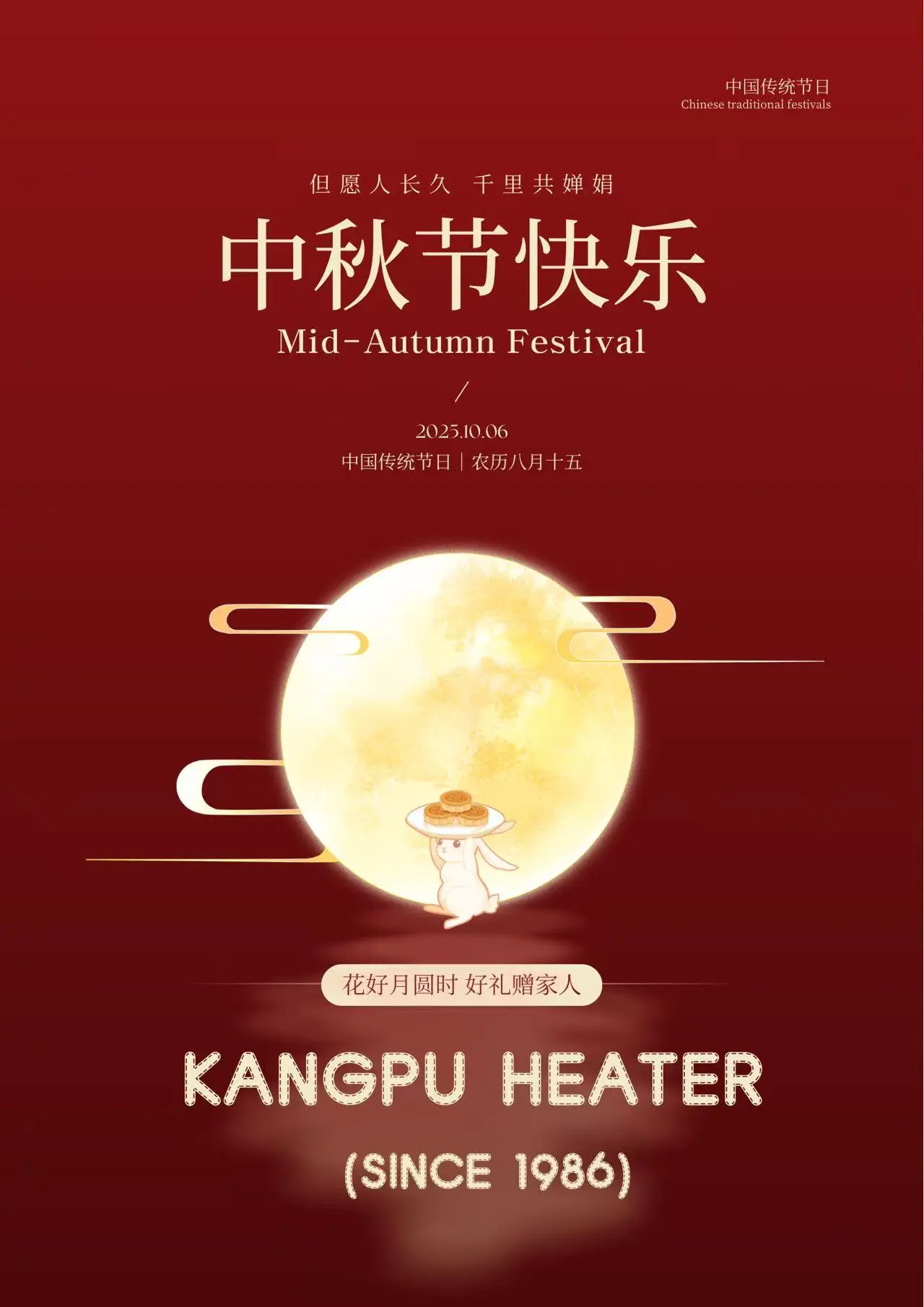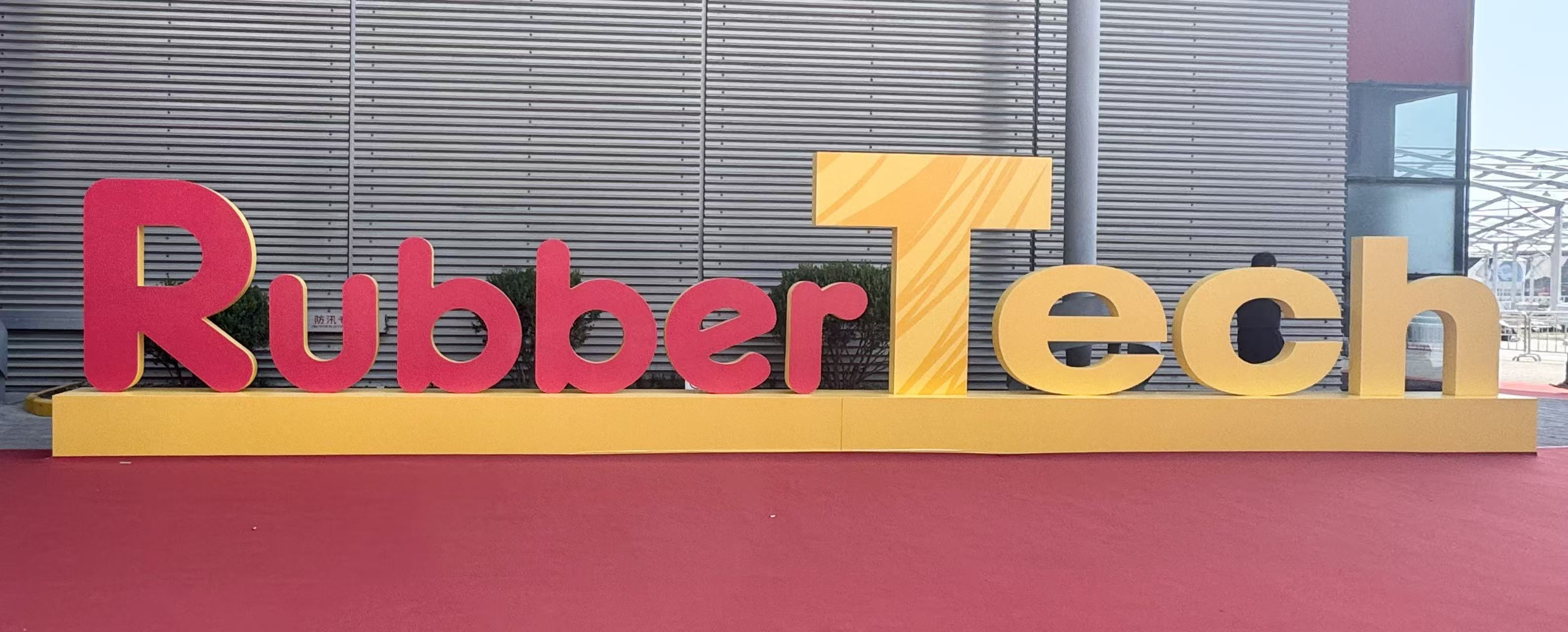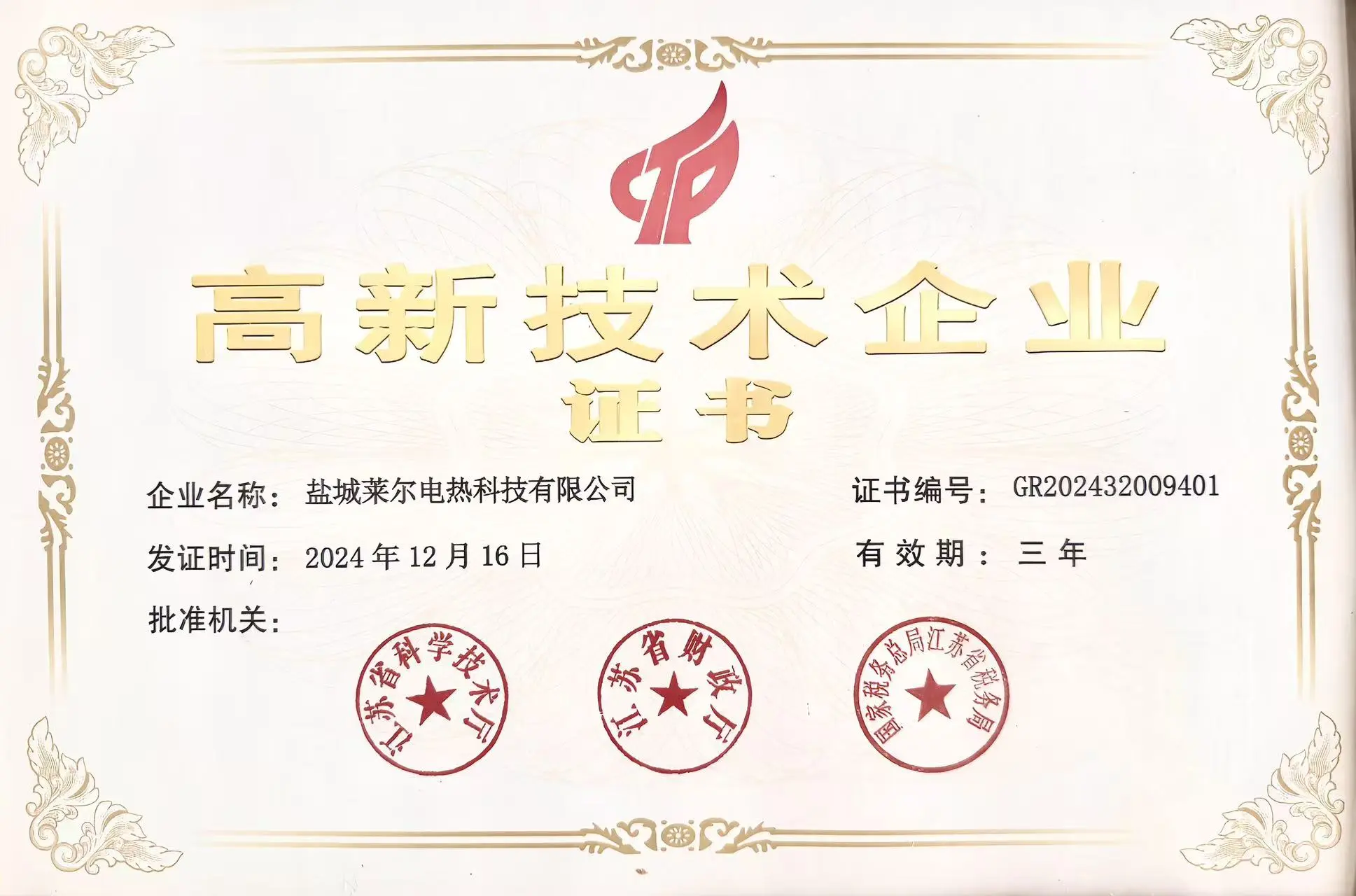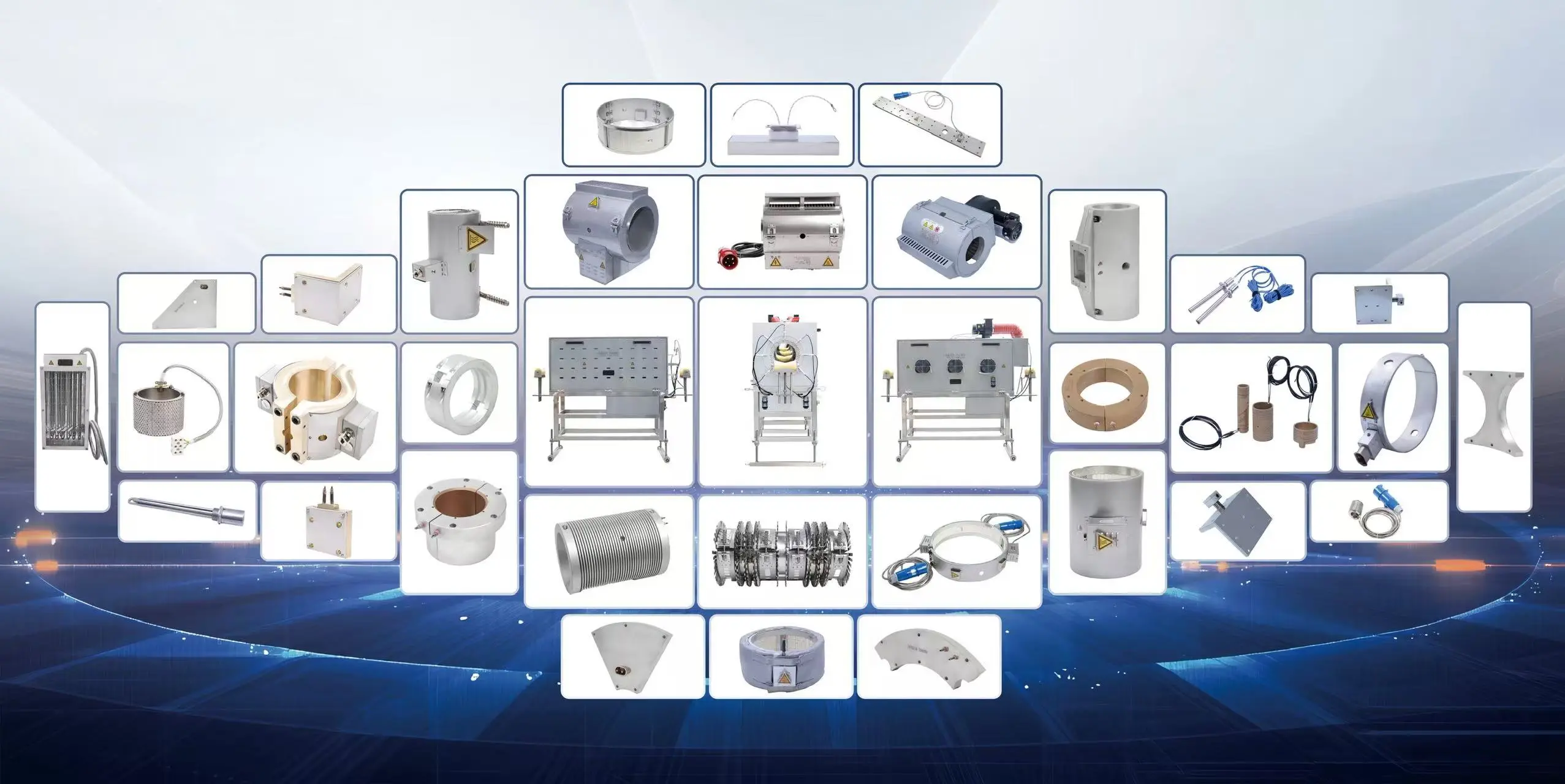What's Industrial Electric Heater?
The core induction of Industrial Electric Heater
An industrial electric heateris an industrial equipment that converts electrical energy into heat energy and transfers the heat to specific media (such as air, water, oil, metal, plastic, chemicals, etc.). The main difference between it and household electric heaters lies in their power, scale, control accuracy, durability, and application scenarios. It is specifically designed for harsh industrial environments.
The working principle of Industrial Electric Heater
Industrial electric heatersoperate based on Joule's law (the thermal effect of current): When an electric current passes through a conductor (resistance wire/Heating Element), heat is generated due to the resistance of the conductor.
Through precise engineering design, this generated heat is efficiently and controllably transferred to the medium that needs to be heated.
The main components of Industrial Electric Heater
A typical industrial electric heating system usually consists of:
1. Heating element: The core component, responsible for converting electrical energy into thermal energy. Common materials include nickel-chromium alloy, iron-chromium aluminum alloy, silicon carbide, and molybdenum disilicide, etc.
2. Insulating material: Wraps around the heating element to ensure that heat is transferred in the desired direction and to prevent the outer shell from becoming electrified. Common materials include magnesium oxide powder, ceramic fibers, etc.
3. Sheath/Shell: Protects the internal structure. Usually made of metals (such as stainless steel, copper, titanium) or non-metals (such as quartz, ceramics), it needs to withstand high temperatures, corrosion, and pressure.
4. Temperature control system:
· Temperature sensor: Such as thermocouples or thermoresistors, which monitor the temperature of the heated medium in real time.
· Controller: Receives signals from the sensor, compares them with the set temperature, and then outputs instructions to control the on-off of the power supply or the power level to maintain temperature stability.
5. Protection system: Includes fuses, circuit breakers, over-temperature protectors, etc., to prevent the equipment from being damaged due to dry burning, overcurrent, or overheating, ensuring safety.

